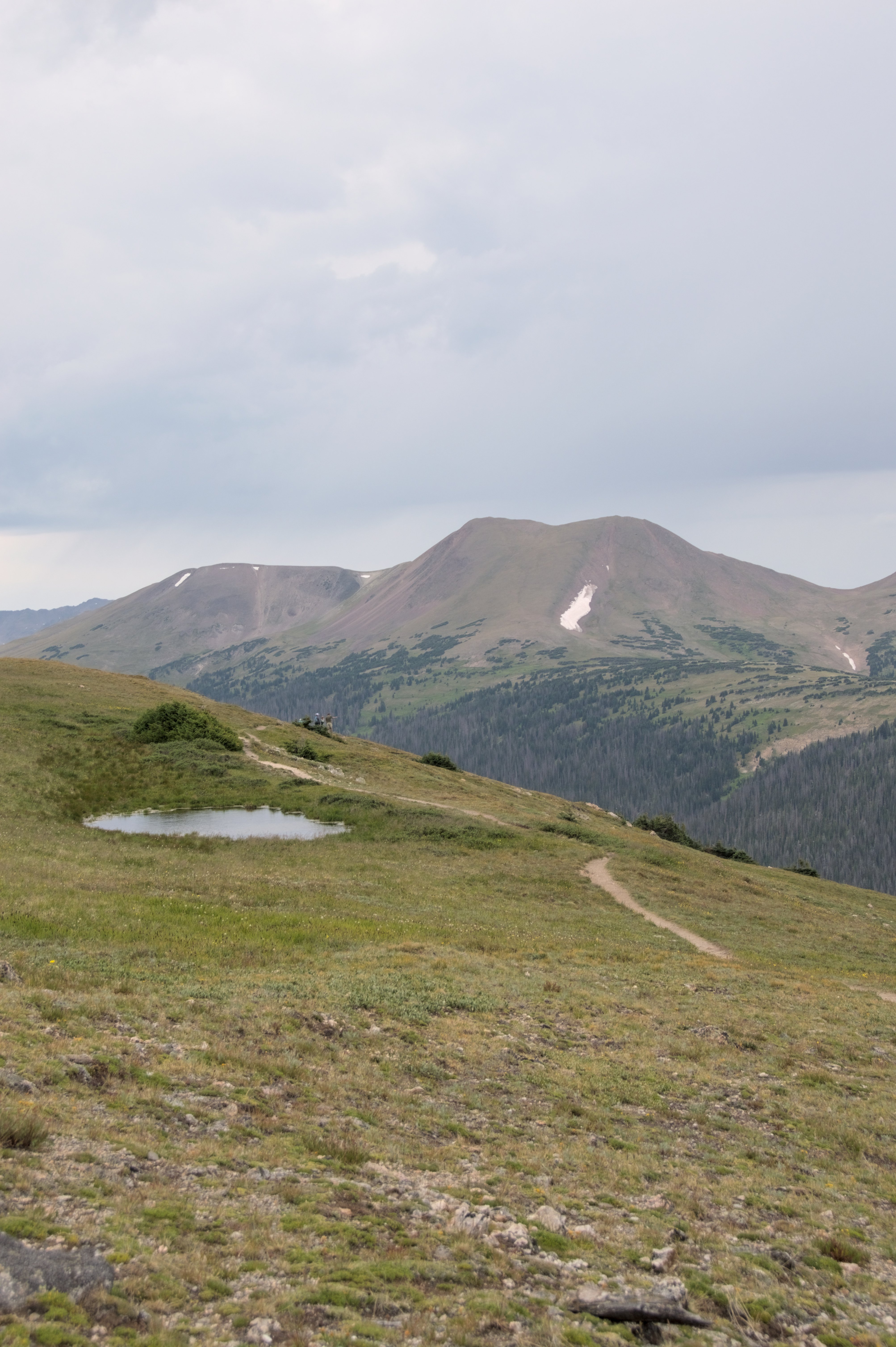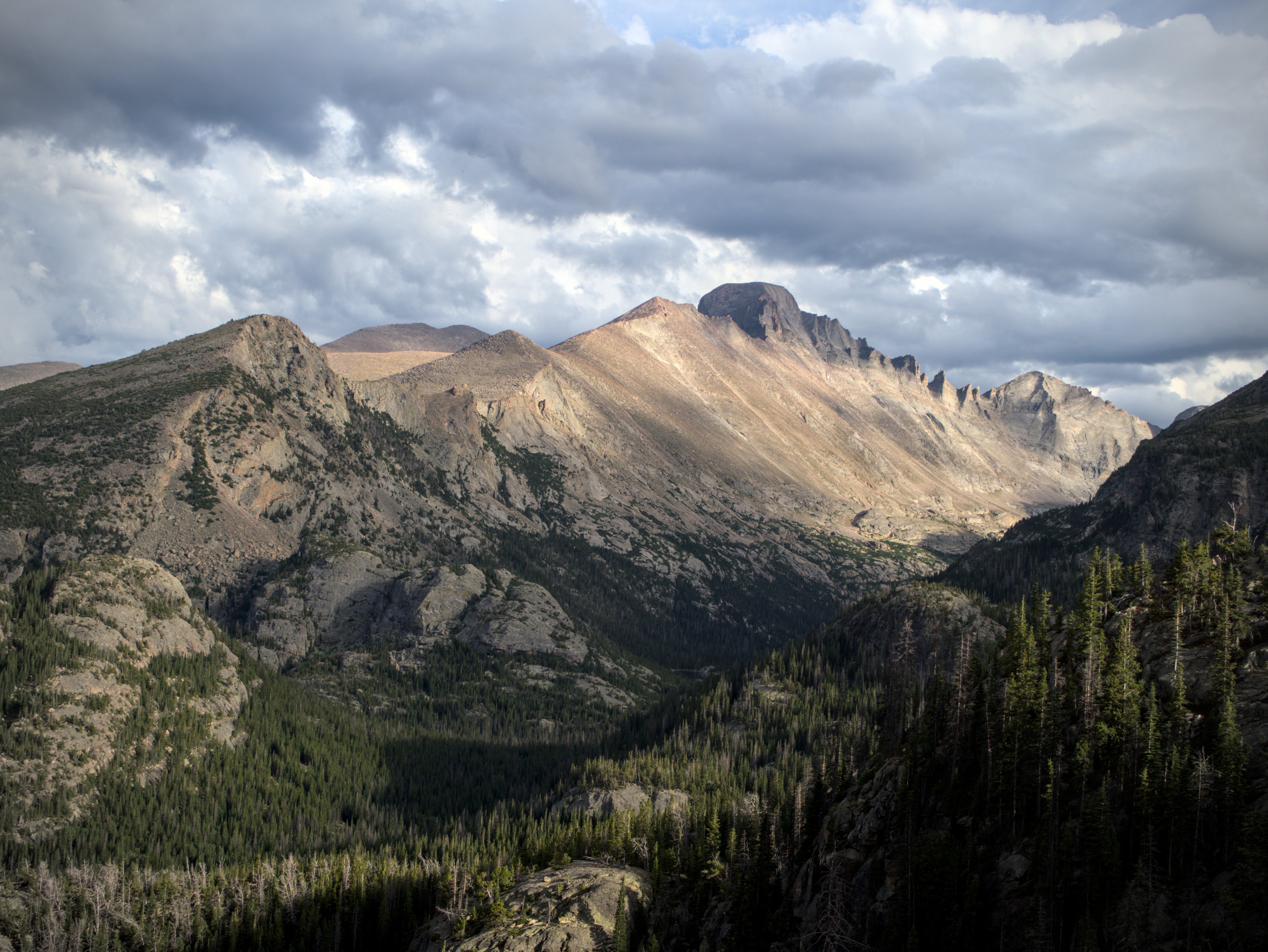After careful consideration, I've got a used E-M1 Mark II from my local shop. I found it for fairly cheap ($300, plus $80 for 1 year warranty and tax). I decided to pass on the GX85 ($400 for body-only) and G85 ($500 including the general purpose kit lens + tele kit lens), despite the great price. Mostly because of my awful experience with contrast AF, where it was unusable compared to phase-detect AF on my D3200.
I found a Sony A6100+kit lens for $440 (amazing deal), but after looking into their lenses, I felt like they were too expensive to the point where it wasn't really worth it getting an entry-level camera. You know, with Sony you really need to go big or go home, unlike M43 where quality glass can be affordable. Basically, if I were to buy an $800 lens, it wouldn't make sense to skimp on the body. I still plan on getting a Sony in the future, but I'll probably save for a nice full frame (A7III, A7C, etc) or higher-end APS-C (A6600) instead.
I still don't own any M43 lenses to test the camera outside, but I'm inclined to get:
- Compact kit like the lens you own (14-42mm);
- All-purpose kit for travel/hiking (14-150mm or something);
- To be determined between: fast and manual prime (wider angle, ~9-17mm-ish), long reach telephoto (~300mm-ish), or macro (~60mm-ish).
I will order the first lens now, and think things through for the next two possibilities. I honestly don't know how wide of an aperture I'll need yet, but I'll likely have an idea after feeling how the camera performs in low light with the kit lens.
I will keep you posted and update the original post soon relating my experience!







It is definitely true that money spent on Sony isn't wasted money. But at the same time, I was thinking, what's the point of spending $900 or more on lenses, and end up using them on an entry-level body? I don't know, it felt to me that it's better to save instead and get a higher-end camera and glass at once. Sony full frame must be so nice, especially for video, but I'll have to wait for now.
What I said above is definitely not the case for M43. I've just bought the tiny 14-42mm kit lens and it's set me back $500 for the whole initial setup (body + kit lens, including tax). With a longer telephoto (Olympus 75-300 or similar, ~$300), it will cover most of my use cases. For the price of either a nice Sony lens or body. And it's a camera that used to be their flagship model, so I feel good about the deal I got. It's very clear that you don't need to spend much to get the good stuff. Your hummingbird photo is a great example of the good stuff you can get out of a lens; affordable glass yielding a nice reach, sharpness, optical quality, and pleasant subject-background separation.
This is something that bugs me slightly about my 18-200 Nikon F DX (APS-C) lens. It is an awesome lens that I'm currently taking everywhere, but I wish it was sharper at times. I guess I will need to get used to switching lenses more often than I currently do. I also might want to experiment with sticking more to fixed focal lengths again. I noticed I always shoot at 28, 35, 50, 85, and very occasionally 105, 135mm full frame equivalent. 300mm or longer for wildlife. Needless to say, those are the most appealing focal ranges to most people and unsurprisingly, there are primes for all single focal length within this range. I'll look into my EXIF data and see what I can stick to initially, and try to zoom more with my feet. It will be an interesting journey!
Yes, I still need to figure out a setup that would work for me. I'm currently using a crossbody bag to carry my Nikon and it works great. I will look into a similar setup that can hold the M43 camera and two lenses or so, plus two filters (CPL and ND), a lightweight tripod, and backup battery and storage. I'll need to get an SD card for my new camera on Bestbuy, so I might look into what bags I can find there. For the card, I'm thinking about a Sandisk V30. I'm not sure about higher speeds, where I'll be able to record high-bitrate 4K, but it does sound appealing. I'll think about it while my lens is on its way.
I've read good things about the Laowa 7.5 f/2 and Lumix 9mm f/1.7. I might get one of those two in the future as a wide-angle low-light. Or maybe either a 17mm or 25mm prime, since 35-50mm full frame equivalent looks very pleasing to me, as it does to most people. We'll see how it goes with the kit lens. I feel like a wider fast prime would be more useful, though, given that it would serve two distinct purposes.
I'm sure it does, since Nikon's optical stabilization technology from 2006 already goes a long way. I still think I'll get a fast and wide prime, given that I'm very interested in wide apertures for astroscaping. But at the same time I'm not sure how well a M43 would perform capturing the northern lights, the milky way, or a meteor shower.
I'm pretty excited, too. I keep thinking about the new possibilities that might arise with this camera. This weekend, I shot a huge bull moose, 200mm cropped, handheld, optical stabilization only, on manual focus, at 1080p. The video turned out great, regardless. I am excited to try the same thing with IBIS, 4K, longer reach, and autofocus/focus peaking now!